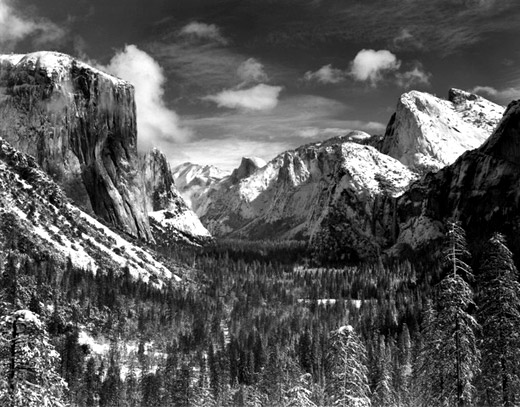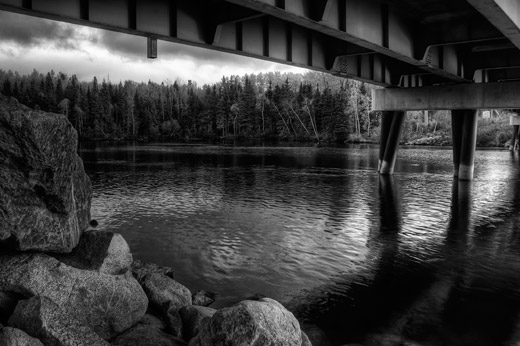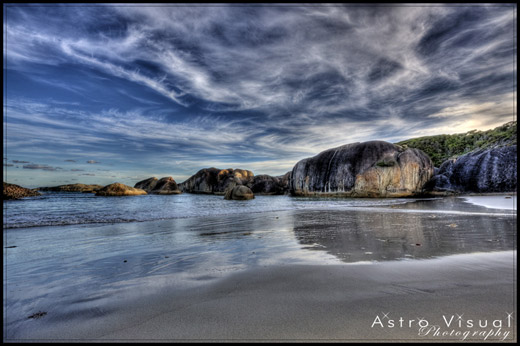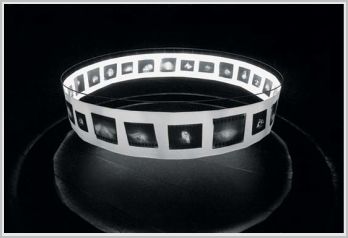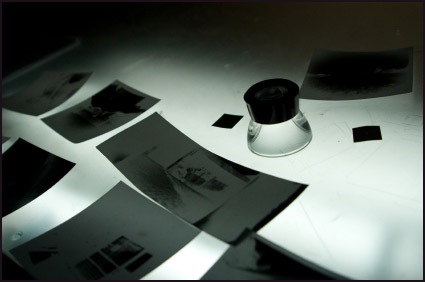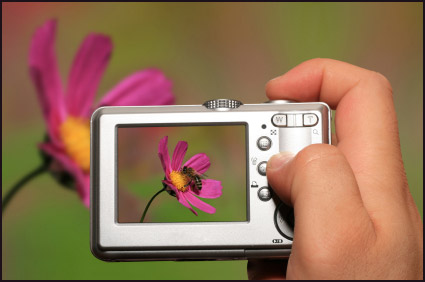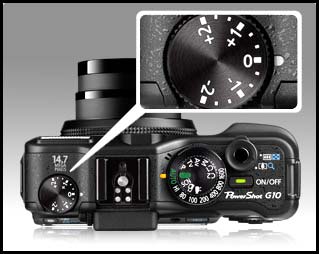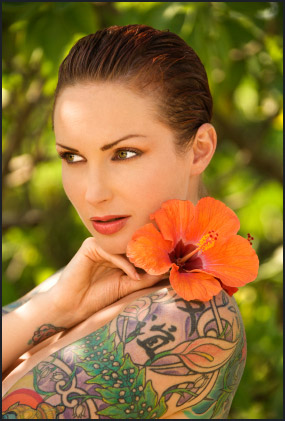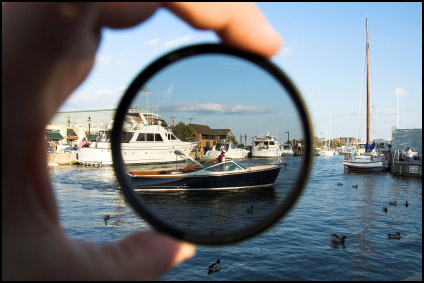You’ve just captured the most beautiful shot of a rare duck. Everything is perfect — the composition, the color balance, and the surroundings. So do you tell people that you captured this shot in a bird sanctuary?
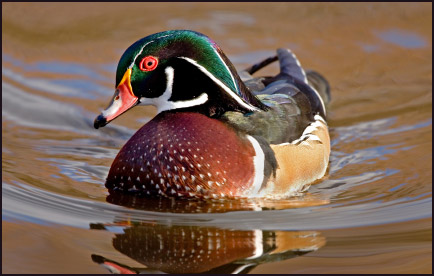
Some people may argue that this shot is not justified because it was captured at a bird sanctuary — ‘cheating’ if you will. If a photographer gets a shot like this from a refuge, it’s far less of an achievement (because it’s easier) than it would be getting that shot in the bird’s natural surroundings.
On the flip side, others stand by the notion that being in a sanctuary/zoo does not guarantee great pictures. It just means better access and more opportunity to capture the beauty you are searching for.‚ You certainly still need to have skills and a good eye.
So who wins this argument? You tell me! See what others are saying in our photography forum.
